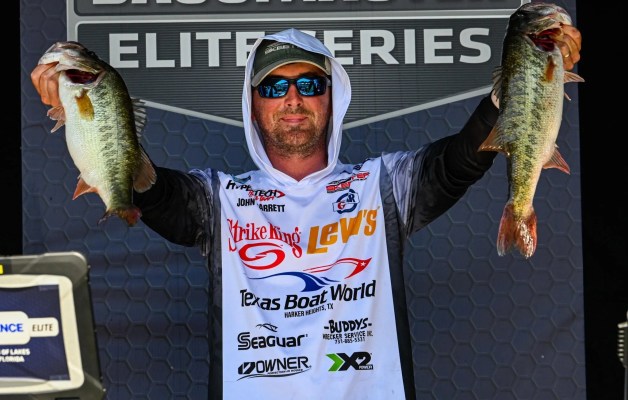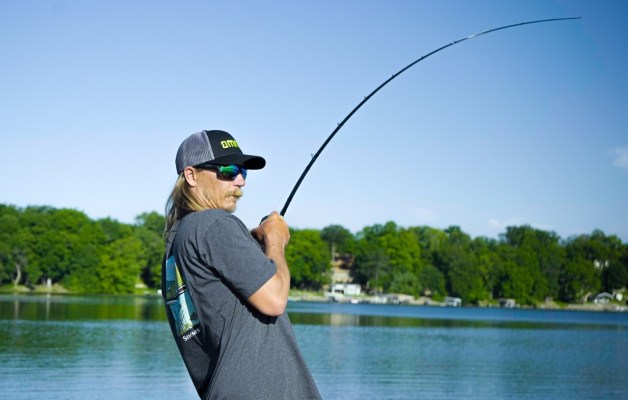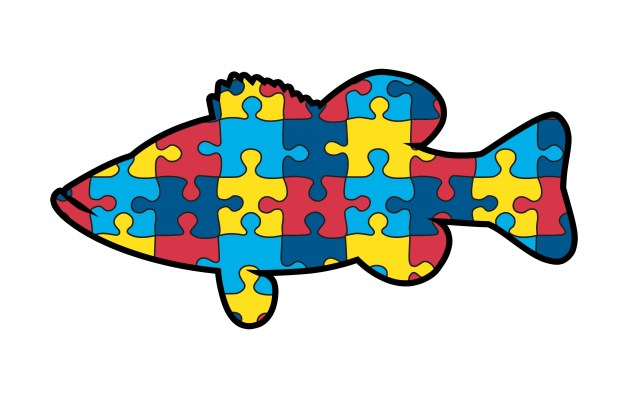During the summer months, there are always some bass deep. They go there for a number of reasons including food, comfort and oxygen. No matter the reason, you can rest assured that when you find them deep they'll be active and feeding. That means you can catch them.
Never forget, however, that deep is defined by the lake you're fishing. On Kentucky Lake, deep is between 18 and 30 feet. On my home lake here in New Jersey, the deepest water is about 8 feet. That means deep here is between 5 and 8 feet. Regardless of those differences, however, both groups of bass are deep — deep in their world anyway.
I have three basic go-to baits for deep summer bass: football jigs, Carolina rigs and deep diving crankbaits. Each has its place in my arsenal of weapons.
My absolute favorite is the crankbait. Unless the water gets deeper than about 20 feet, I can pick a plug that'll run right where I want. After that, it's almost a necessity to go with a jig or a Carolina rig. (I know a lot of companies say their baits will run deeper than that, but I can't make them do it. And I doubt very many other anglers can, either.)
In my opinion LaserLure baits are your best bet. We — I'm on their pro staff — have baits that'll run a foot deep and others that'll dive to about 20 feet. There's something for every body of water.
After depth, my primary concern is color. Matching the hatch is critical at this time of the year. Before I start fishing, I always check out the forage — no exceptions. In most lakes, that'll be shad, alewives or occasionally bluegill, but in my neighborhood it's yellow perch. That's a critical difference. You might catch a few bass with a shad-colored bait on my lake but you'll catch a lot more on a yellow perch-colored one.
The next part of the equation is to make your bait change directions on every cast. Every cast does not mean occasionally. It means every time you throw it. You can do this two different ways depending upon the structure and cover.
The first way is to make it bounce off stuff. Every time it strikes an object, or the bottom, it'll change its direction of travel. That's exactly what you want.
The second way is to use your rod and reel. Flip your rod left and right during the retrieve. You'll be surprised at what this will do to your bait. You can also speed up and slow down the lure or snap your rod tip. That'll also make it change direction.
In case you're wondering, I haven't forgotten about moving the boat. The problem is that takes time, and time is fish. Do it if you must but not until after you've exhausted the other two methods.
Think deep this summer!





